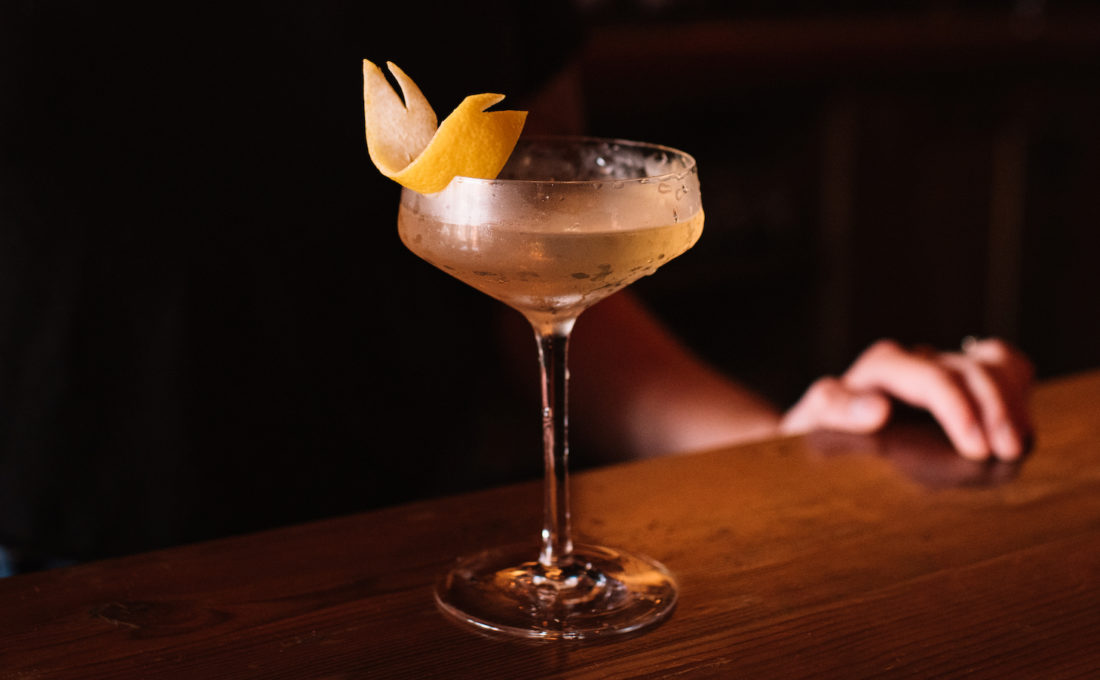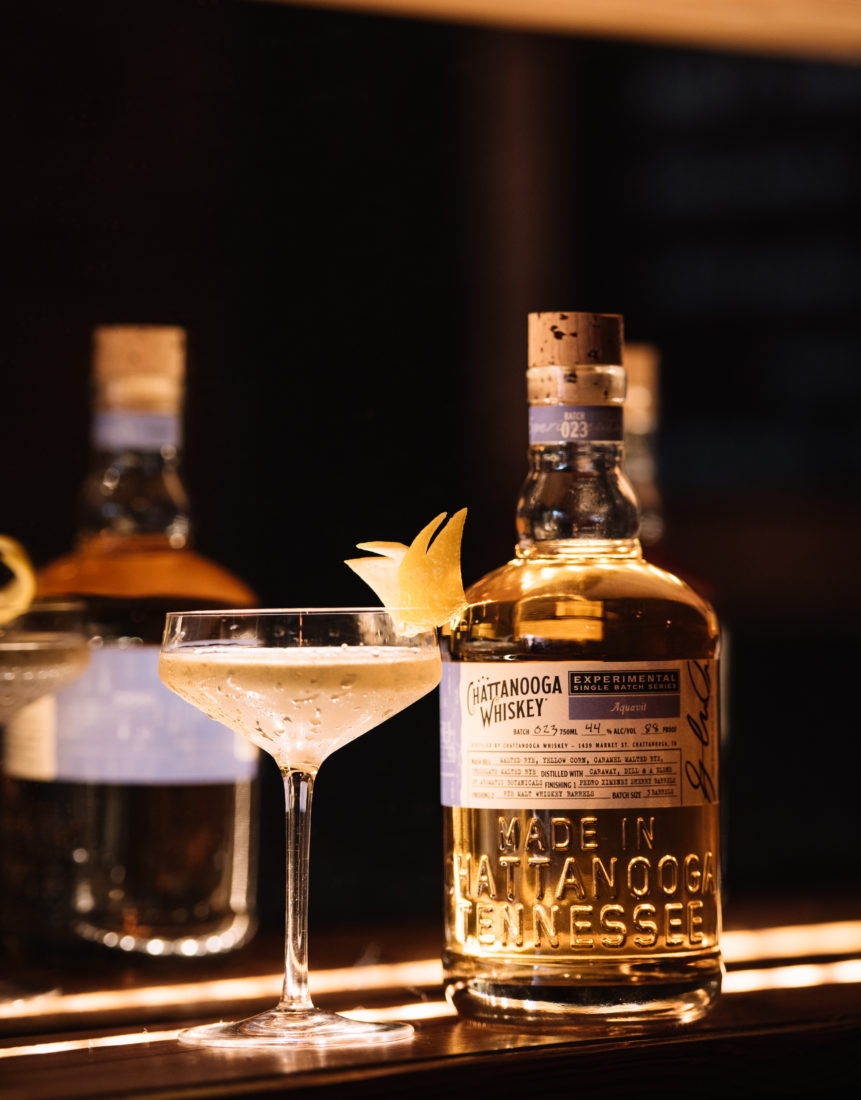Chattanooga Whiskey CEO and founder Tim Piersant says there is one guiding principle at the heart of his Tennessee distillery: the freedom to experiment. Since he began the company in 2011, the distillery has produced more than four hundred experimental barrels of craft spirits. Or as their internal, driving motto goes, “Rules are good; change them.” All ideas welcome.
While the bulk of their business happens at their Riverfront Distillery, once a historic car dealership, Chattanooga Whiskey’s laboratory is located at its Experimental Distillery on Market Street, right across from the historic Chattanooga Choo Choo. “We claim we are the only stand-alone experimental whiskey distillery in the U.S.,” Piersant says. “There’s not a distillery that has these two unique operations, where one makes a dozen or more recipes scaled to distribution, and another distillery across town does nothing but explore recipes and malt grains in American whiskey.”
To that end, Grant McCracken serves as the lab’s mad scientist—better known as the chief product officer and head distiller. Thanks to a background in brewing, McCracken brings a distinct knowledge of high gravity barrel-aged beers to his experiments, particularly his work with malted grains, which have been sprouted and kilned or roasted to bring out richer flavors. “For reference, most brewers make beer with 100 percent malted grains,” McCracken explains, “while many bourbon distillers only used a small amount of malted grains, sometimes less than 5 percent.” Chattanooga Whiskey, though, takes a high malt approach; they’ve even coined the term “Tennessee High Malt Whiskey” to describe their 25-percent-or-more-malted-grains philosophy. “Anything that’s less? We just don’t do it,” Piersant says.
That principle applies to the distillery’s version of the Scandinavian spirit aquavit, too, Batch 023. Aquavit, akin to absinthe, has an herbaceous flavor with hints of dill and fennel. Drawing from the team’s experience making gin, McCracken made the company’s spicy, unaged rye malt whiskey the base spirit. “Our aquavit uses caraway, juniper, dill seed, coriander, lemon peel, star anise, green anise, orris root, cumin, and angelica in primary distillation,” he says, “and then [we] infuse a small amount of lemon peel, caraway, dill seed, and star anise after the distillation.” To give it Southern flare, he barrel-ages the aquavit both in casks that once held the distillery’s 99 Rye malt whiskey and Pedro Ximénez sherry casks to complement the character of the spices.
The outcome is a savory, botanical spirit. “I think bartenders like it as an alternative to gin,” McCracken says, “and a way to showcase a different flavor profile, or to pair with a different range of food. Yes, aquavit is similar to gin, but there’s still nothing quite like it.” You can use aquavit for cocktails ranging from a flowery aquavit and tonic to a zesty Bloody Mary, but both McCracken and Piersant say it’s best served up, over a few rocks, or as an aromatic martini as found below.









